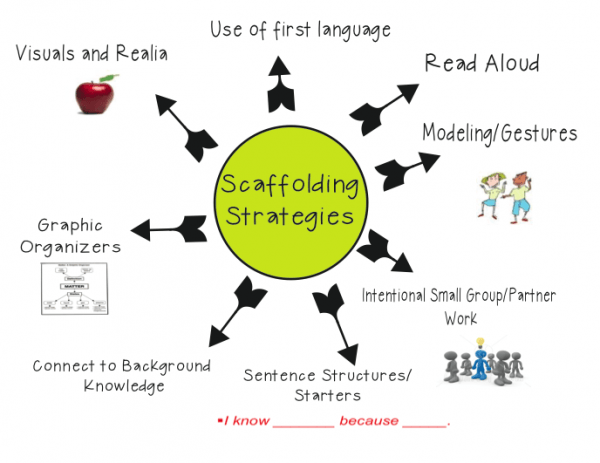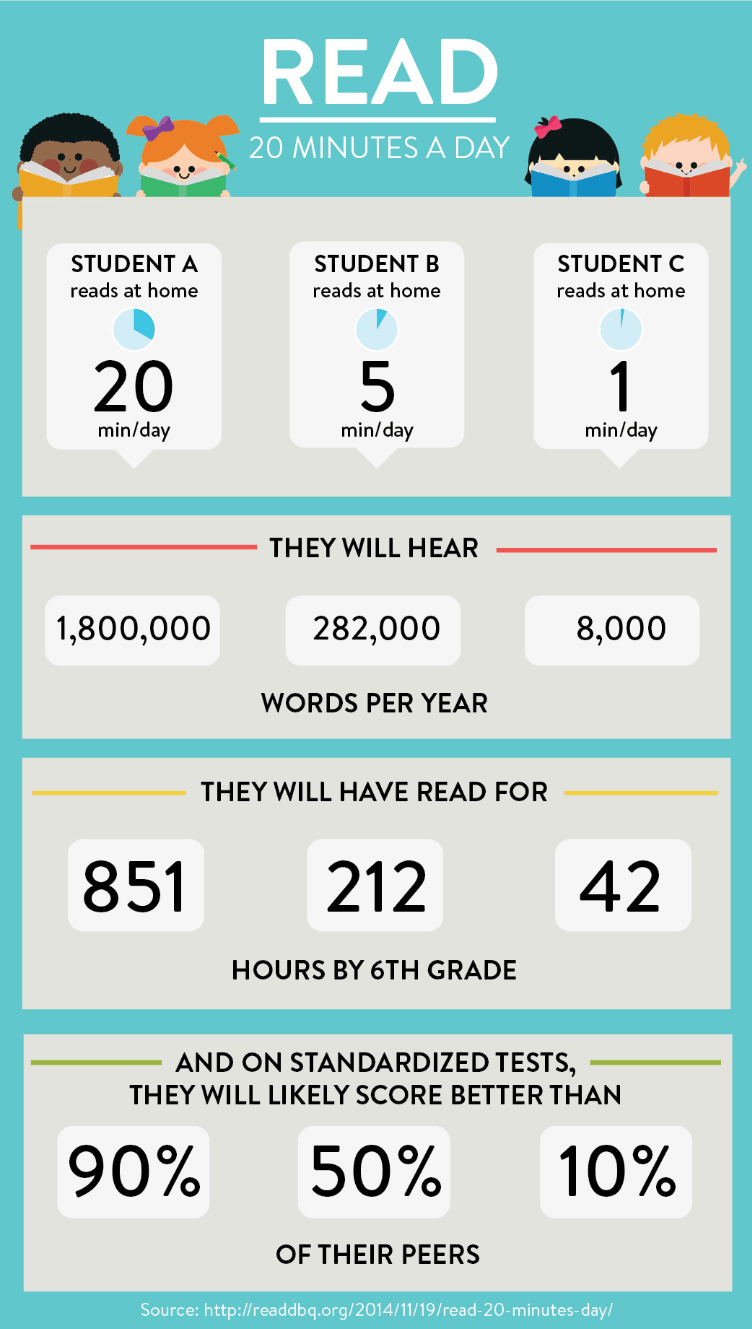EIP and ESOL are special education programs.
What is FALSE?
Both programs are designed to provide scaffolding and extra support for students, but they are not part of the special education program.
A secure, large-scale English language proficiency summative assessment that is given annually to monitor students' progress in learning academic English.
What is ACCESS?
Website that is a great place for parents to start if they are having trouble understanding a concept that their child is currently learning at school. This website offers videos with teaching strategies for all academic areas.
To improve vocabulary development during reading and learning new concepts, children should...
a.Try to find concrete examples (realia) of new words whenever possible to make meaning more clear.
b. Interact with the words in some way. Draw their meaning. Act them out. Make them come alive so you’ll remember them.
c. Relate words to real life experiences
d. All of the above
What is D?
Focusing only on reading — ignoring writing and content instruction — is not the best way to raise reading achievement for struggling readers.
What is FALSE?
Writing about text has been found to have bigger comprehension effects than reading alone, reading and rereading, and reading and discussing
A tool to help you meet students where they are in their language development. It highlights what language learners can do at various stages of language development.
What are Can Do Descriptors?
Do you have a question about the correct usage of the semi-colon or how to place relative adverbs in a sentence? If so, you've come to the right place! This website provides a complete reference on the rules of English usage. Every grammatical rule is explained in clear, simple language with several examples.
These visual aids represent ideas, organize information, and help students grasp concepts such as sequencing, compare and contrast, and cause and effect.
What are graphic organizers, pictures, and charts?

When reading with your children, you should never interrupt them.
What is FALSE?
You should ask them open-ended questions such as "Why did things happen that way?" or "What is the author trying to do here?"
Help your child monitor his or her understanding. Teach her to continually ask herself whether she understands what she's reading.
Help your child make connections between what he or she reads and similar experiences he has felt, saw in a movie, or read in another book.
My child speaks English beautifully. Why does he/she need ESOL?
ESOL students learn conversational English quickly, but academic language can take 5-7 years acquire.
This is a wonderful reading program Vanderlyn Elementary has purchased to provide literacy-focused PreK-6 resources for instruction and practice. Lessons are differentiated for each student. This resources can be accessed at home.
- Differentiate student reading with more than 2,000 books at 29 levels of reading difficulty.
Why is it important to study roots, prefixes, and suffixes when learning to read AND learning new vocabulary?
Learning common roots, prefixes and suffixes will SUPER SIZE vocabulary knowledge and reading skills. When you learn one word part, you’ll begin to easily recognize many more words with the same word parts and figure out the meaning of the words.
Children should only read books that are on his/her level, and reading only counts if it is an actual book.
What is FALSE?
Children should be choosing books that interest them. A book that may seem to hard might just be an opportunity for a child to stretch his or her mind.
Reading is everywhere! Children should be exposed to a variety of texts, including newspapers, magazines, menus, etc. Parents should create print-rich environments that allow children to have access to a multitude of reading material. It’s crucial that reading extends beyond just picture or chapter books – recipes, directions, blogs, comic books – there are so many options! This will expand not only their reading diet, but open their world to so many other interests, as well.
My child is in ESOL/EIP. How does he/she exit?
ESOL-ACCESS scores are the exit criteria
EIP-MAP scores, Guided Reading Level, reading grade, and checklist
Colorín Colorado is a national website that offers parent resources such as tips on helping your child learn to read, succeed in school, and learn a new language.
They also provide information about the U.S. school system and share ideas on how to build a relationship with your child’s teacher and school.
These strategies and resources assist students in building language-based background knowledge.
What is pre-teaching vocabulary?
Video - Example Lesson for Pre-teaching Vocabulary - http://www.giftedguru.com/21_ideas_for_teaching_vocabulary/
Synonym Word List - https://www.readingresource.net/support-files/synoymlist.pdf
Antonym Concentration -
https://www.readingresource.net/support-files/antonymconcentration.pdf
Antonym Rap -
https://www.readingresource.net/support-files/antonymrap.pdf
Reading at home isn't that important. My child reads enough at school.
FALSE.

My child can decode words beautifully. Why does he need EIP?
Reading fluency is the speed and accuracy of decoding words. Reading comprehension is the ability to understand what you are reading. A student is considered a proficient reader when reading fluency and reading comprehension are at grade level.
Who can parents email with any comments, concerns, or questions?
EIP/ESOL Kindergarten: carolyn_slipakoff@dekalbschoolsga.org
ESOL- Ethel_edwards@dekalbschoolsga.org
Taylor_k_ward@dekalbschoolsga.org
Your child is reading a nonfiction book with many unfamiliar, tricky words. How can parents help?
-Discuss the meanings of unknown words,
-Write down words you don’t know, and create flashcards
-Use a dictionary to find the definition